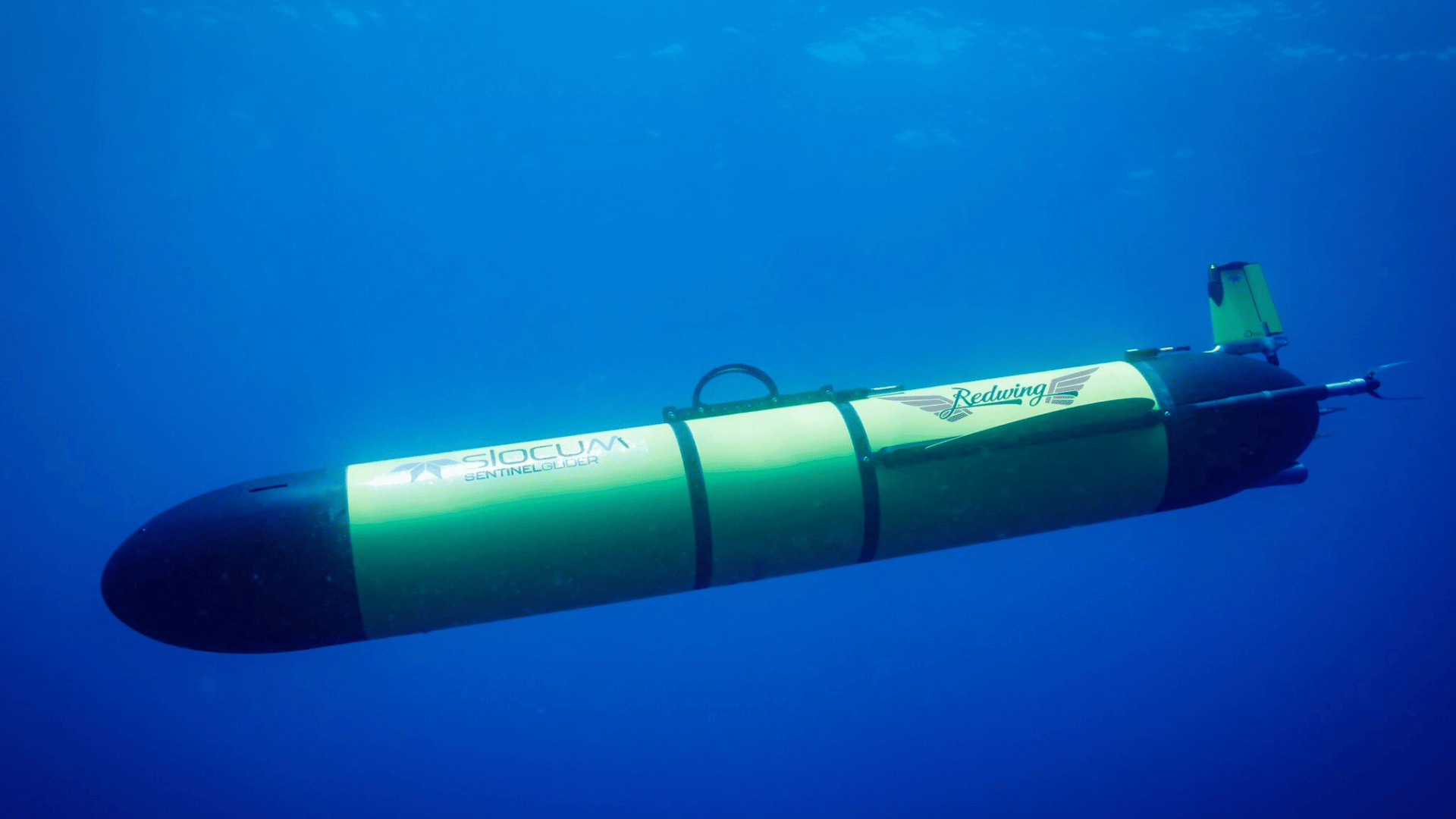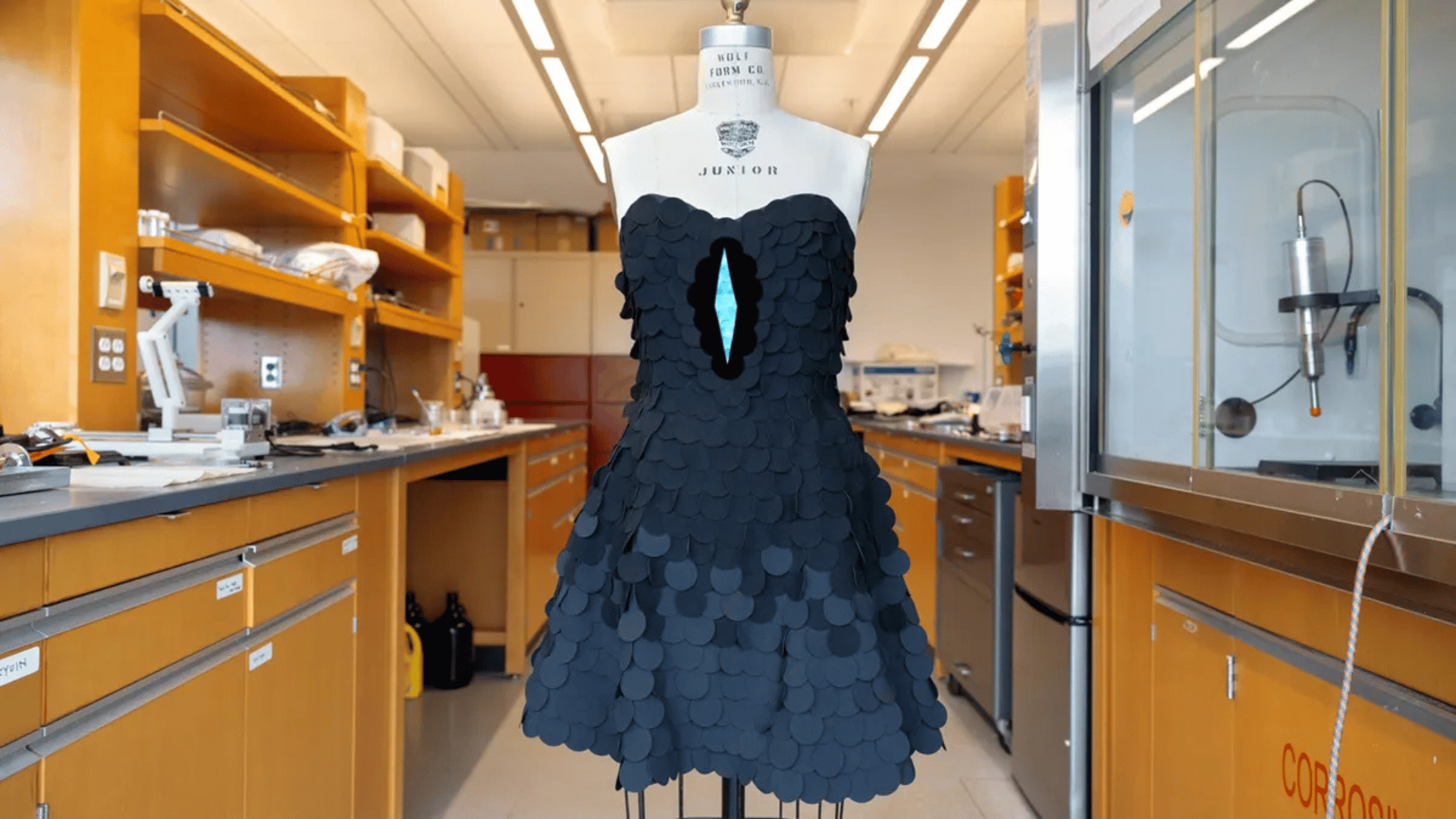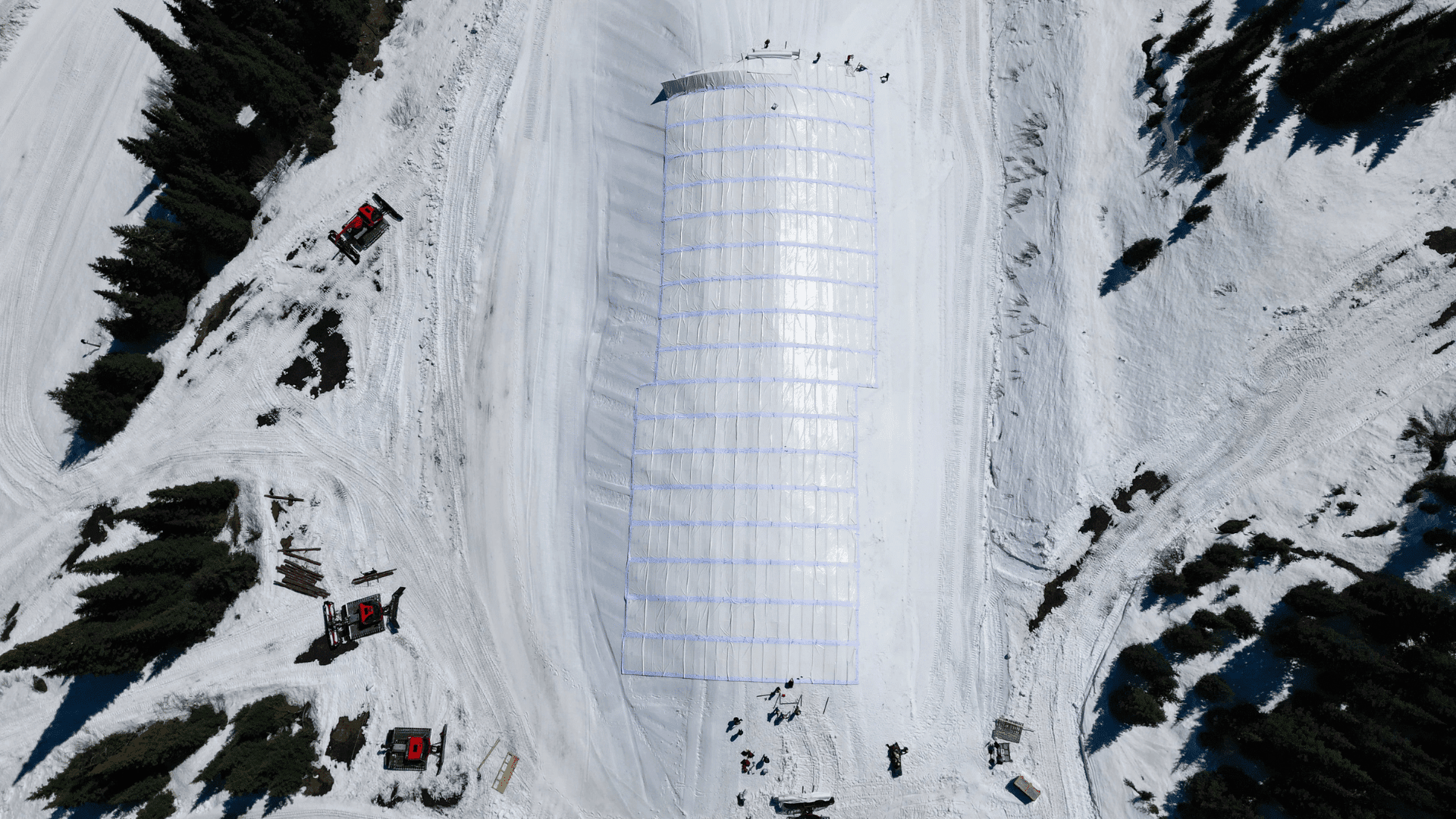Teledyne Marine and Rutgers University launched Redwing, an advanced autonomous underwater vehicle, off the coast of Martha’s Vineyard, Massachusetts, in early October. This launch marks the start of a five-year, globe-spanning mission for Redwing, which aims to become the first underwater robot to circumnavigate the world, collecting crucial oceanographic data without human intervention.
Redwing is a next-generation Slocum Sentinel Glider, a larger, faster, and more powerful iteration of its predecessors, built with a durable carbon fiber hull. Instead of a propeller, the glider conserves energy by adjusting its buoyancy, moving through the water in a graceful, energy-efficient zigzag pattern.
A Win For Climate Science

The mission is highly significant for climate science.
Oscar Schofield, a scientific lead for the mission and co-head of the Rutgers team with fellow oceanographer Scott Glenn, said, “We live on an ocean planet. All weather and climate are regulated by the ocean. This mission will give us another tool we need to achieve real understanding.”
The glider is equipped with sensors that measure salinity, temperature, and depth, providing scientists with a 3D view of ocean conditions that can help predict phenomena such as hurricane intensity and ocean heatwaves.
Redwing will transmit real-time data via satellite every eight to twelve hours and carries a fish tracker to monitor tagged marine animals. Shea Quinn, Glider Product Line Manager and Sentinel Mission Lead, said that the glider “has the endurance and energy to do more than any other vehicle could. It’s designed to stay out there for a year or two at a time.”
An Ambitious Route
Redwing’s initial leg will see it ride the Gulf Stream toward Europe before sweeping south to Gran Canaria. It will then cross the Indian Ocean and navigate the powerful Antarctic Circumpolar Current—the longest leg of the journey—before heading back toward the Americas and finally home.
Beyond science, the mission is designed to inspire. Brian Maguire, chief operating officer at Teledyne Marine, called it a “truly historic mission,” predicting it “will pave the way for a future where a global fleet of autonomous underwater gliders continuously gathers data from the oceans.”
Students are central to the effort. Glenn said, “We’re deploying a robot that will travel the world’s oceans, gathering data. And we’re doing it with students, educators, and international collaborators every step of the way.”
Rutgers undergraduates are actively involved in developing flight tools and navigational software. The glider’s name, Redwing, stands for Research and Education Doug Webb Inter-National Glider, honoring the late Doug Webb, the inventor of the Slocum glider.







